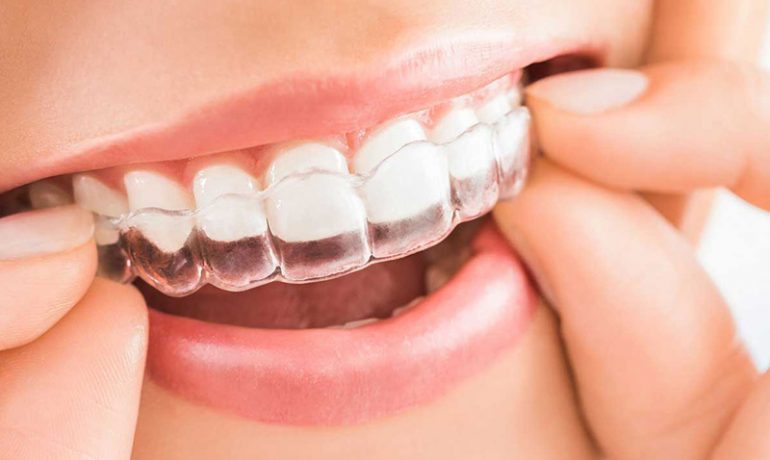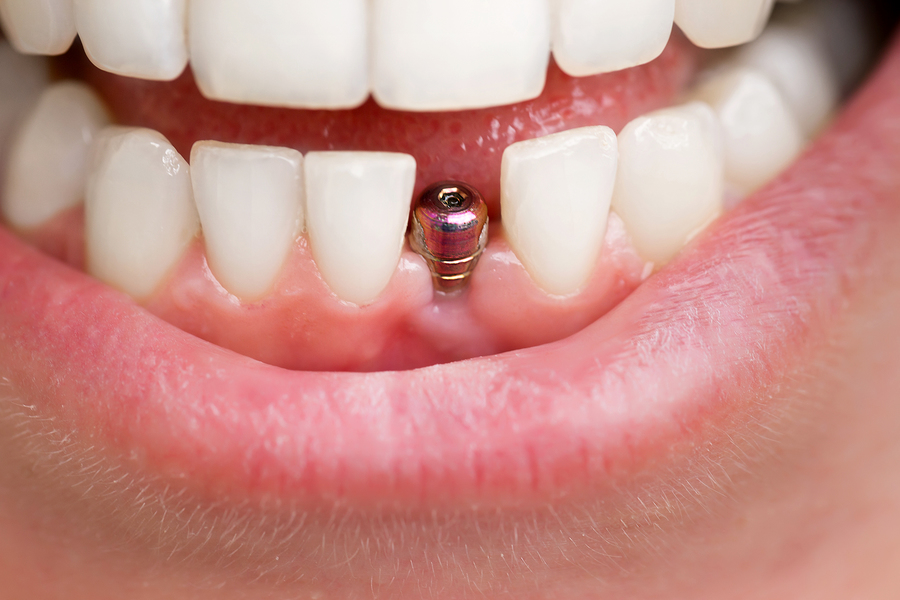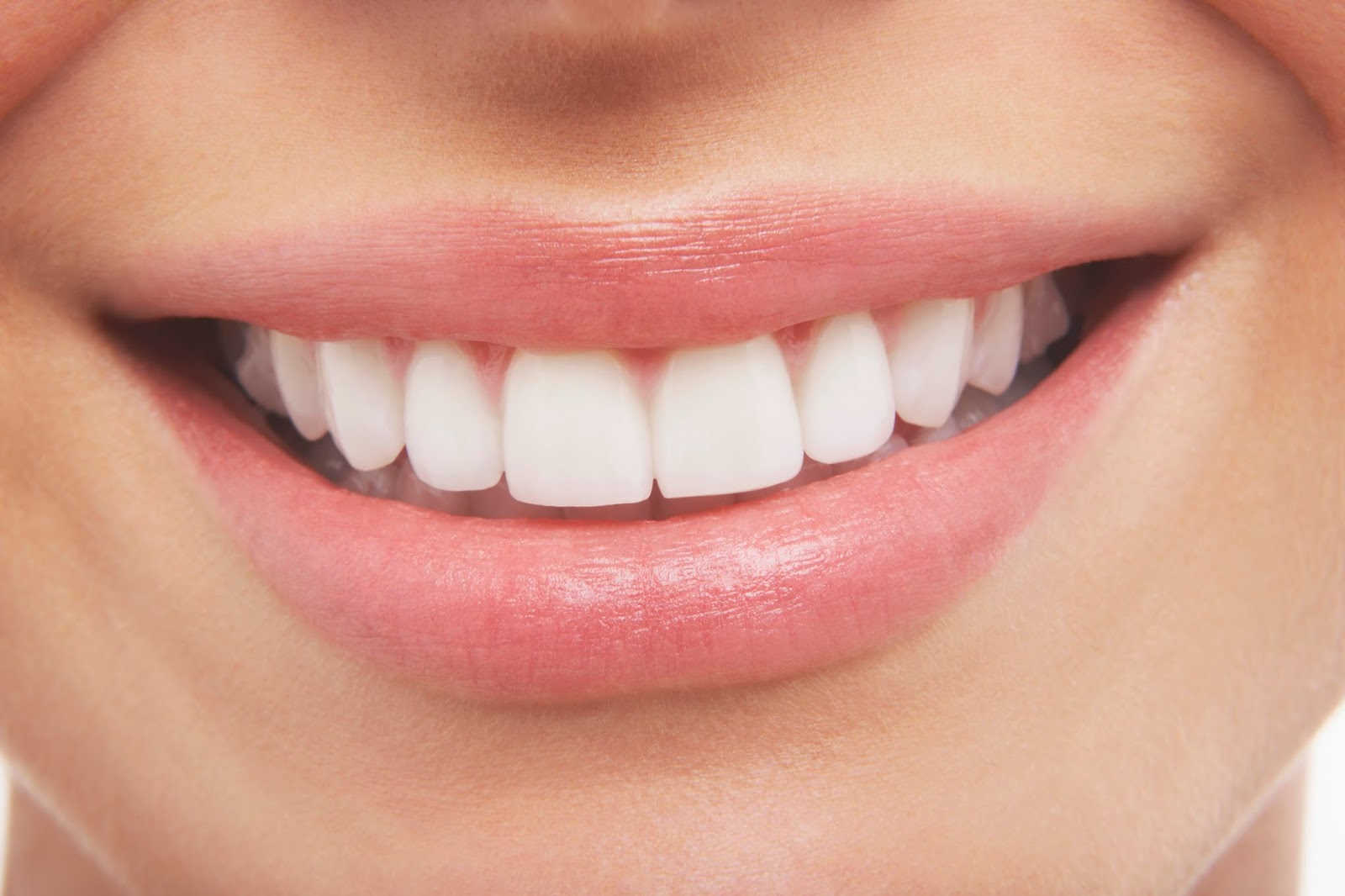Straight teeth are an important factor in achieving a beautiful smile. Teeth that are not properly aligned can cause an array of dental problems, from misalignment of the jaw to difficulty with eating and speaking. Poorly aligned teeth also put you at risk for gum disease, tooth decay, and premature wear on your enamel due to ineffective brushing and flossing habits.
Orthodontic treatment is one way to correct malocclusions or bad bites that may be causing these issues. Some people use crowns/bridges, and some people use more traditional approaches.
Traditional braces consist of metal brackets being attached to the front surfaces of your teeth by using special adhesive cement then connected with thin wires using elastics called ligatures which help move your teeth into proper alignment over time through pressure applied by the wire-bracket system itself as well as adjustments made every few weeks during follow up appointments with an orthodontist.
There has to be some kind of alternative to normal braces. After all, braces are expensive and take a long time to show results. Fortunately, there is an alternative: Invisalign. Invisalign uses clear plastic aligners that fit over your teeth like a retainer would but instead of being static, they move your teeth gradually into alignment over time.
Let’s take a bit of time to learn more about Invisalign. You almost certainly have at least a few questions about this technology, so let’s answer them!
The Perils of Having Not-So-Straight Teeth
Straight teeth are an important factor in achieving a beautiful smile. Teeth that are not properly aligned can cause an array of dental problems, from misalignment of the jaw to difficulty with eating and speaking. Poorly aligned teeth also put you at risk for a wide variety of issues, both minor and serious alike.
Some potential consequences include:
- Misaligned bite:
- This occurs when your top and bottom rows do not come together as they should, causing pain while chewing or even headaches if left untreated over time.
- Gum disease:
- Crooked or crowded teeth can create pockets where food particles become trapped leading to plaque accumulation around the gum line and resulting in inflammation which will ultimately lead to periodontitis (gum disease) if left untreated.
- Tooth decay:
- Teeth that are not properly aligned can be difficult to clean, leading to an increased risk of cavities and tooth decay.
- Chewing issues:
- Poorly aligned teeth can make it difficult to chew food effectively, resulting in poor digestion or discomfort while eating certain foods.
- Speech problems:
- Crooked teeth may also cause speech difficulties such as a lisp or difficulty pronouncing certain words correctly due to the malocclusion of your jaw and mouth structure caused by misaligned teeth.
- Jaw pain/TMJ dysfunction:
- Misalignment of the jaw bones caused by crooked dentition will often result in chronic pain that must be addressed through orthodontic treatment as well as physical therapy for TMJ (temporomandibular joint) dysfunction if present alongside dental malocclusions.
In days gone by, people had limited options when it came time to correct these issues with their smile; most solutions were uncomfortable and often painful procedures that were more focused on aesthetics than anything else.
In the past, dentists would try:
- Braces:
- Metal braces are the most common orthodontic treatment and can be used to address both minor and major alignment issues, though they are often painful, uncomfortable, and require regular adjustments.
- Headgear:
- This device attaches to the head with straps or wires in order to move teeth into proper alignment over time. While it is effective, it can also be quite embarrassing for those who wear them due to their appearance.
- Surgery:
- In extreme cases, surgery may be recommended as a solution; this involves cutting away bone from either the upper or lower jaw in order to correct the misalignment of teeth by reshaping your jaw structure itself.
Fortunately, with the technology available today, there are far more options for those who wish to straighten their teeth without the discomfort and embarrassment of traditional braces. Invisalign is one such technology that offers a virtually invisible solution for correcting misaligned dentition.
Why Invisalign is Such a Good Solution
Invisalign offers an innovative solution for treating misaligned teeth. Unlike traditional braces, Invisalign does not require brackets and wires to be attached to your teeth in order to move them into proper alignment. Instead, this technology uses custom-made aligners that are made of clear plastic and fit over your teeth like a retainer would but instead of being static they gradually move your dentition into the desired position over time without discomfort or embarrassment.
There are several advantages that come with using Invisalign compared with traditional braces such as:
- Comfort:
- Since the aligners do not have any metal or wire components they can be removed when needed which helps alleviate any pain caused by pressure on sensitive areas of the mouth such as gums, cheeks and lips; additionally it is easier for patients who wear Invisalign than those who must adjust their oral hygiene routine around fixed orthodontic devices.
- Convenience/maintenance:
- As previously mentioned there is no need for regular adjustments since all you need to do is switch out one set of trays every two weeks thus allowing you more freedom in terms of eating whatever foods you want without worrying about breaking any brackets; furthermore since these trays can easily be removed for brushing and flossing it is much easier to maintain good oral hygiene.
- Appearance:
- Since these aligners are made of clear plastic they blend in with your teeth making them virtually invisible; this means you can go about your day without worrying that people are staring at your braces or being embarrassed by the way you look.
- Cost:
- Invisalign is usually more affordable than traditional braces since there is no need for metal brackets and wires which can be costly to install as well as any additional adjustments that may need to be done over time; furthermore due to their convenience many treatment plans require fewer office visits which further reduces the overall cost.
- Improved Results:
- The trays used with Invisalign allow for an even, gradual pressure on the teeth resulting in a better overall alignment when compared with traditional methods such as headgear or surgery where results can often vary depending on how well each individual tooth has been adjusted during each visit (or lack thereof).
With all these advantages, it’s no wonder so many people opt for Invisalign instead of more conventional treatments! Now let’s take a closer look at what exactly goes into getting started using this technology.
With all these advantages, it’s no wonder so many people opt for Invisalign instead of more conventional treatments! Now let’s take a closer look at what exactly goes into getting started using this technology.
Getting fitted and beginning treatment with Invisalign involves several steps:
- First, you’ll need to schedule a consultation with an orthodontist or dentist who specializes in Invisalign. During this appointment they will assess your teeth and discuss any potential issues that may affect the treatment plan such as overcrowding or misalignment of the jaw.
- Once everything is determined, impressions of your teeth will be taken and sent off to the lab where custom aligners are made based on these molds; once these trays are ready they will be shipped back to your dentist’s office for fitting.
- At each follow-up visit your dentist/orthodontist will check how well each tray is working and make any necessary adjustments if needed before providing you with a new set every two weeks until all desired changes have been achieved (usually this takes between 12-18 months).
In addition to regular visits, there are certain things you can do at home in order ensure that treatment goes as planned such as wearing aligners for 20+ hours per day (this helps keep them from shifting out of place) brushing after meals so food particles don’t get trapped underneath them and using special cleaning products designed for removable dental appliances like Invisalign trays.
More than likely, at this point in the article it’s fairly obvious why Invisalign is such an attractive option for correcting misalignment of the teeth. The convenience, comfort and improved results make it a great choice for those looking to improve their smile without having to deal with the hassle or embarrassment of traditional braces.
Being Happy With Your Choice
While this article might have felt like a sales pitch for Invisalign, it is important to note that we only want to make sure that you have the information that you need to make an informed choice. Make sure to talk with your dentist to ensure that Invisalign is the right choice for your individual needs.
Having an option like Invisalign can be a game changer when it comes to improving your smile and confidence. While traditional braces might have been the only option in the past, now there is an alternative that works for you; no matter what kind of teeth misalignment you have or how quickly you need results, chances are good that Invisalign will be able to help get those pearly whites back into shape.




